What to know about Piggsville, one of Milwaukee's smallest, most secluded neighborhoods
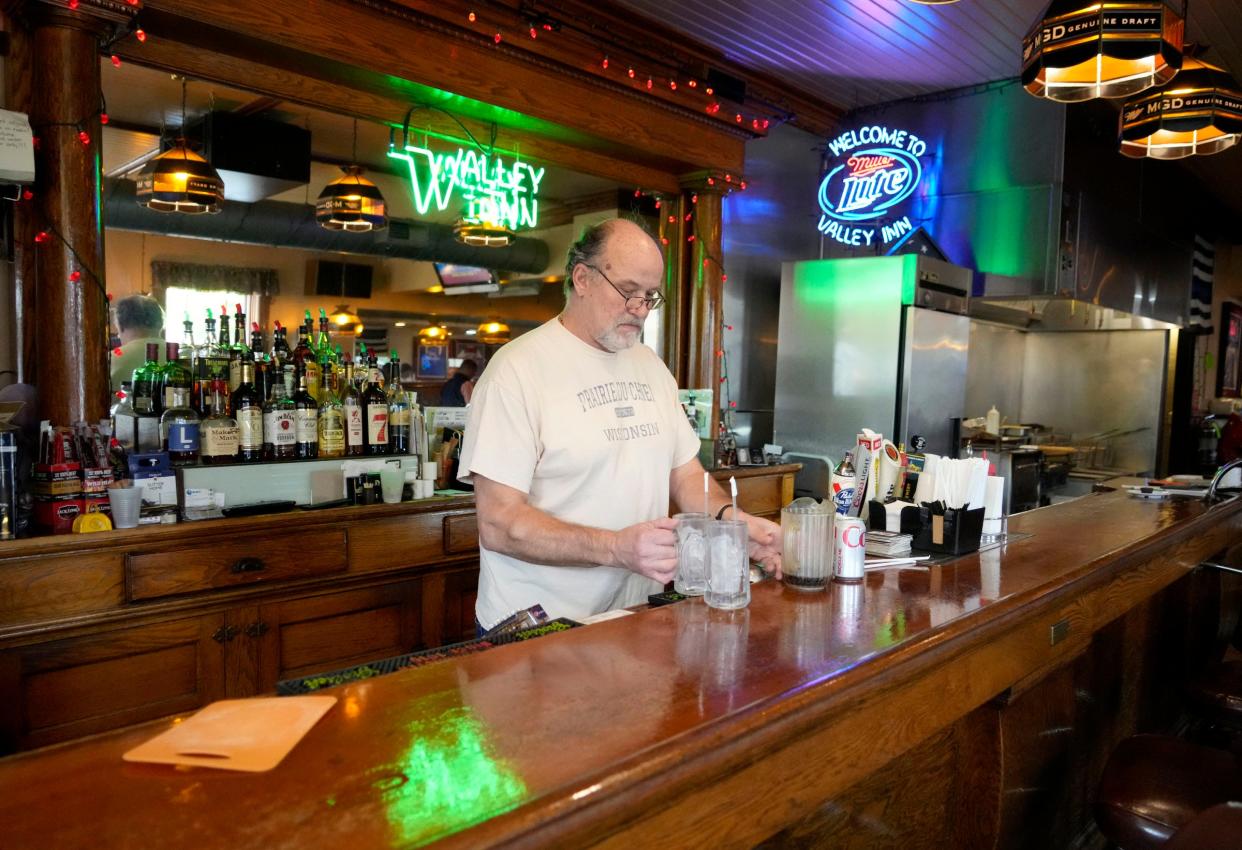
From its name to its single business and social center, Piggsville stands out among Milwaukee's dozens of recognized neighborhoods.
Also known as The Valley on city maps, Piggsville is an isolated, almost entirely residential neighborhood north of Interstate 94 between the Menomonee River and North 39th Street.
The only residential neighborhood in the Menomonee Valley, Piggsville is home to about 300 people and just one business, the Valley Inn.
More: How many neighborhoods are there in Milwaukee? Here's why there's no 'right' answer.
Why is Piggsville named that?
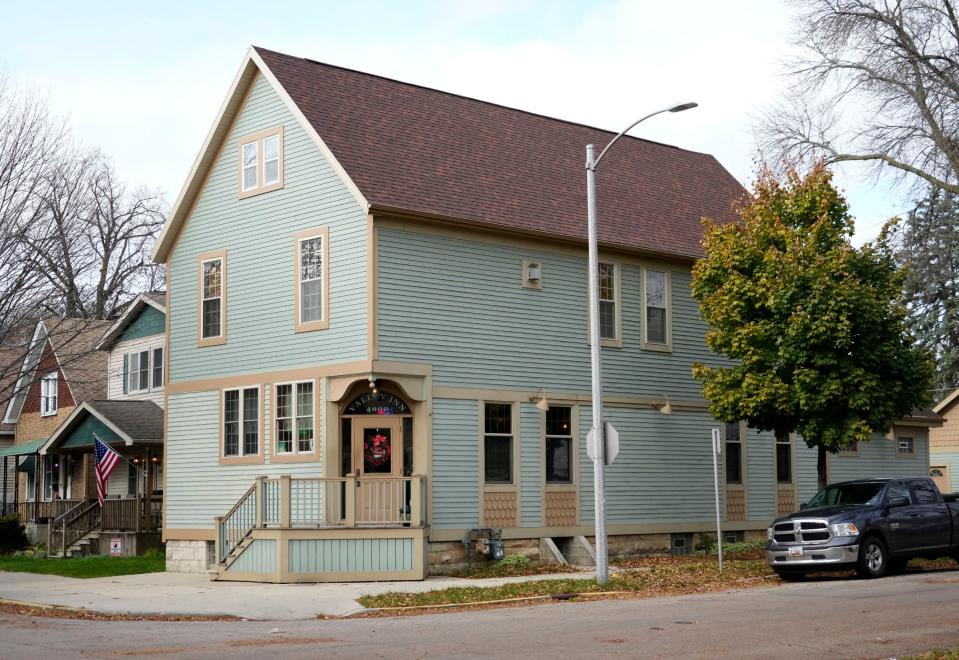
We'll get that question out of the way before we introduce you to the neighborhood itself.
The answer is complicated. In fact, the origin, the spelling and whether actual pigs were involved are open to debate. As is, to some extent, whether Piggsville is even the correct name of the neighborhood.
According to Milwaukee historian John Gurda, the name most likely references a large pig farm that was in the area in the late 1800s. Backing that up, a story in the Milwaukee Sentinel in 1894 referred to the area as "Pigtown," and about a decade later showed up as "Pigsville." That led Gurda, author of "Milwaukee: City of Neighborhoods" to the conclusion that the correct spelling should only have one "g."
The more commonly used two-g spelling first appeared in the 1920s, and there's a competing origin story that plays off of that variation.
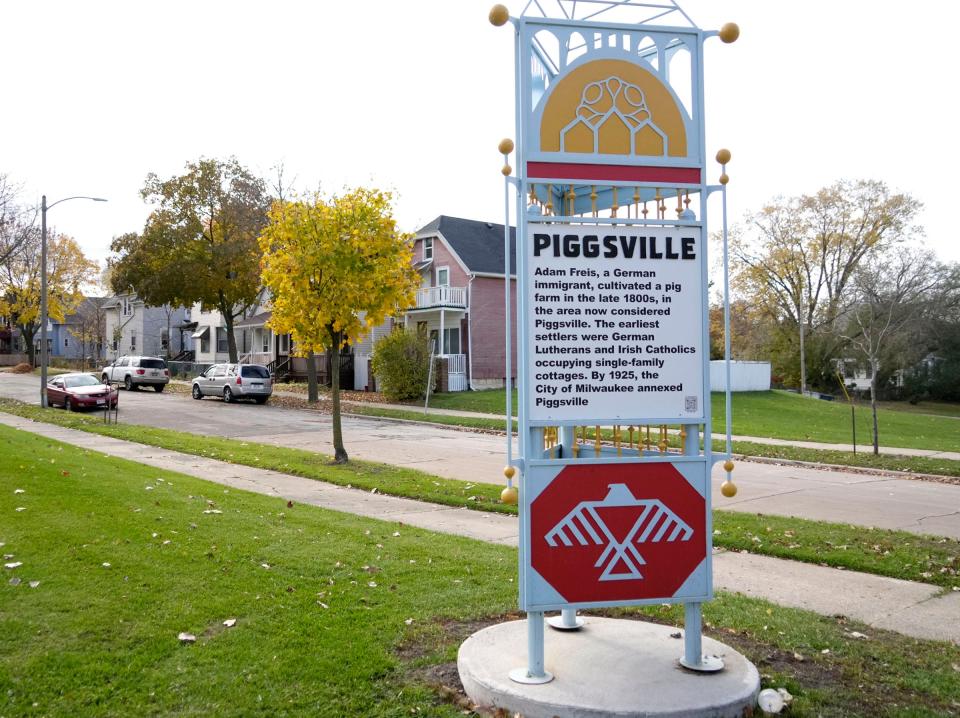
According to the University of Wisconsin-Milwaukee's Encyclopedia of Milwaukee, that version claims the neighborhood is named after a person, George Pigg, who owned a stagecoach tavern in the Menomonee Valley. But Pigg lived in the Third Ward in the 1850s, had moved out of town by the 1860s, and there's no record of a tavern license having been issued to Pigg by the Town of Wauwatosa, according to Gurda's research.
And then, there's The Valley. That name apparently is an invention of the City of Milwaukee. The Encyclopedia of Milwaukee speculates that it was selected because "it is a more attractive name."
Jim Hutterer, the 64-year-old owner of the Valley Inn, said residents in the southern part of the neighborhood didn't consider themselves part of Piggsville when he was growing up. That name, he said, was reserved for a now-removed area of homes and businesses under the Wisconsin Avenue viaduct.
"I don't think there was a name," he said. "We have Valley Park, but I don't think it was The Valley. ... My brother in law (who previously ran the business) named the bar Valley Inn. Maybe he could have named it Piggsville Inn, but I guess they considered that the other side."
However, the entire neighborhood has come to embrace the name, he said.
Last year, Hutterer helped pay for a new sign at West St. Paul Avenue and North 37th Street that includes the neighborhood's early history.
Where is Piggsville?
Piggsville sits north of Interstate 94 between the Menomonee River and North 39th Street. The Wisconsin Avenue viaduct, which passes overhead, is its northern border.
What makes Piggsville special?
If you find yourself in Piggsville accidentally, chances are you've truly lost your way.
Cut off from the rest of the city by the Menomonee River, Interstate 94 and the Wisconsin Avenue viaduct, which passes overhead, only a small number of side streets lead into Piggsville, and they all dead-end on the western and southern sides of the neighborhood.
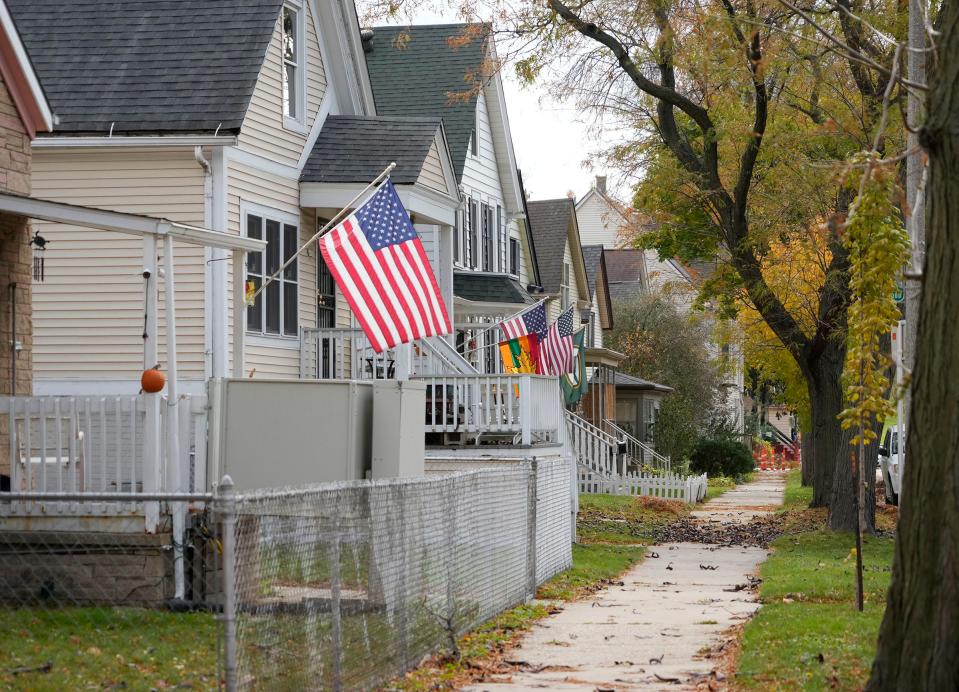
"The geography of that neighborhood really is its strength," Gurda said on a 2016 episode of "Milwaukee with John Gurda," produced by WYMS-FM. "It tends to enforce a sense of identity."
Residences are mostly single-family homes, with a scattering of duplexes and an apartment building on North 39th Street.
The Valley Inn is Piggsville's social center

The Valley Inn, the last of several taverns that were once in the neighborhood, has become a de facto social center where neighbors gather for monthly neighborhood meetings and for things like neighborhood cleanups, workdays in Valley Park, a 1.5-acre greenspace along the Menomonee River, and spring seed exchanges, Hutterer said.
The bar, which has over the years expanded and refined its menu, is also a popular lunch destination for employees of Miller Brewing, Harley-Davidson and other major employers in the area.
What's the history of Piggsville?
Piggsville was settled in the 1850s by German farmers and remained largely agricultural for decades, according to Urban Anthropology's neighborhood profile. The neighborhood gradually became more residential as workers were attracted to its proximity to good jobs in the railroad yards, Menomonee Valley manufacturing businesses and Miller Brewing. All within walking distance.
By the 1920s, the neighborhood was fully filled in. Yet even in 1925, when it was annexed by the City of Milwaukee, Piggsville was "a rural Milwaukee outpost with gravel roads, outhouses, and wells," according to a neighborhood profile prepared by Near West Side Partners Inc.
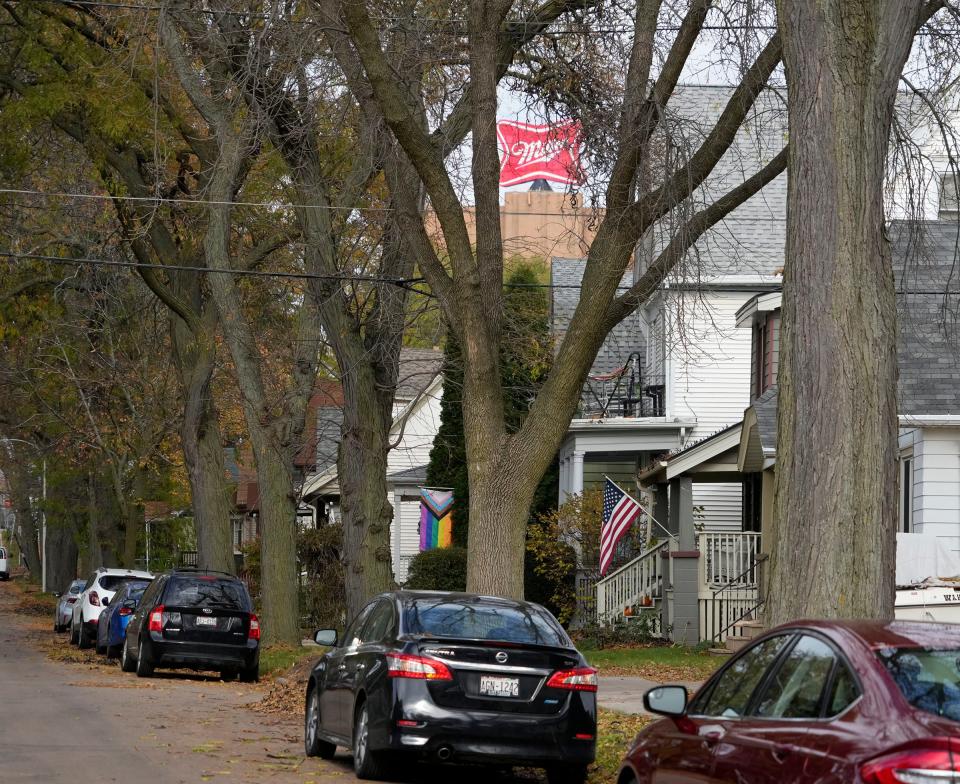
Annexation brought city services to the neighborhood, including sewers and water. But later government-sponsored changes shrank the neighborhood's footprint.
In 1993, 15 homes and two taverns on the neighborhood's north side were razed when a new Wisconsin Avenue bridge was built. Several years later, another 18 houses were removed when the Milwaukee Metropolitan Sewerage District built a levee along the Menomonee River to end a history of flooding in the low-lying area.
What's remained, maybe even strengthened, Hutterer said, is a sense of community in a place where "everybody looks out for everybody."
"Not a whole lot has changed, to be honest with you," he said. "I mean, there's a lot of staple families that stayed down here in Piggsville, some of them ‒ pockets of them on each block ‒ that've been here for 30, 40 years. Like any other neighborhood, there are some trouble spots. But, for the most part, it's pretty nice neighborhood."
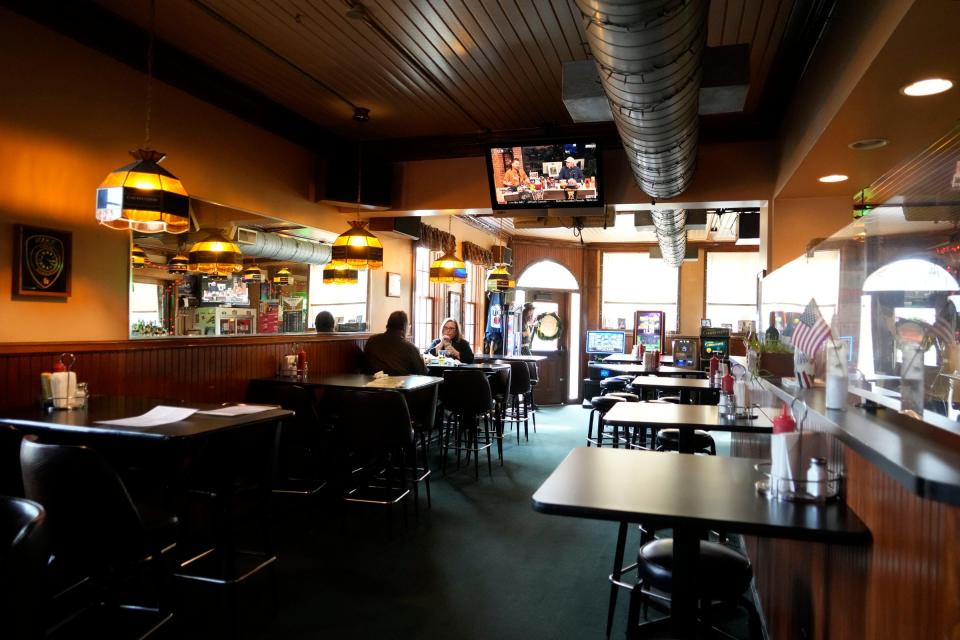
New to the neighborhood? Here’s how to access Milwaukee services
Piggsville is located in the 10th aldermanic district. Contact your alderperson and find news about the district at https://city.milwaukee.gov/CommonCouncil/CouncilMembers/District10.
Piggsville is located in the Milwaukee Police Department’s District 3, which has public safety meetings at 5:30 p.m. the last Thursday of the month. Find more information at city.milwaukee.gov/police/districts/District-3.
Find your garbage and recycling schedules at city.milwaukee.gov/sanitation/GarbageRecyclingSchedules.
Learn how to register to vote and find your polling place at city.milwaukee.gov/election/Voter-Info.
Need to borrow tools for a home improvement project? Check out the city’s Tool Loan Center, 2500 W. Capitol Drive. More details at bit.ly/MKE_ToolLoan.
Want to get emailed updates about police activity, new development and more in your neighborhood? Sign up for the city’s e-notify system at city.milwaukee.gov/News-Events/enotify.
Tell us about your Milwaukee neighborhood. We want to hear from you!
What makes your Milwaukee neighborhood special to you? Do you have any photos in the neighborhood you'd like to share? Share more at bit.ly/MKE_Neighborhoods.
Sources: Milwaukee Journal Sentinel research, Milwaukee: City of Neighborhoods, Urban Anthropology Inc., Encyclopedia of Milwaukee.
This article originally appeared on Milwaukee Journal Sentinel: Milwaukee's Piggsville neighborhood: 5 things to know

